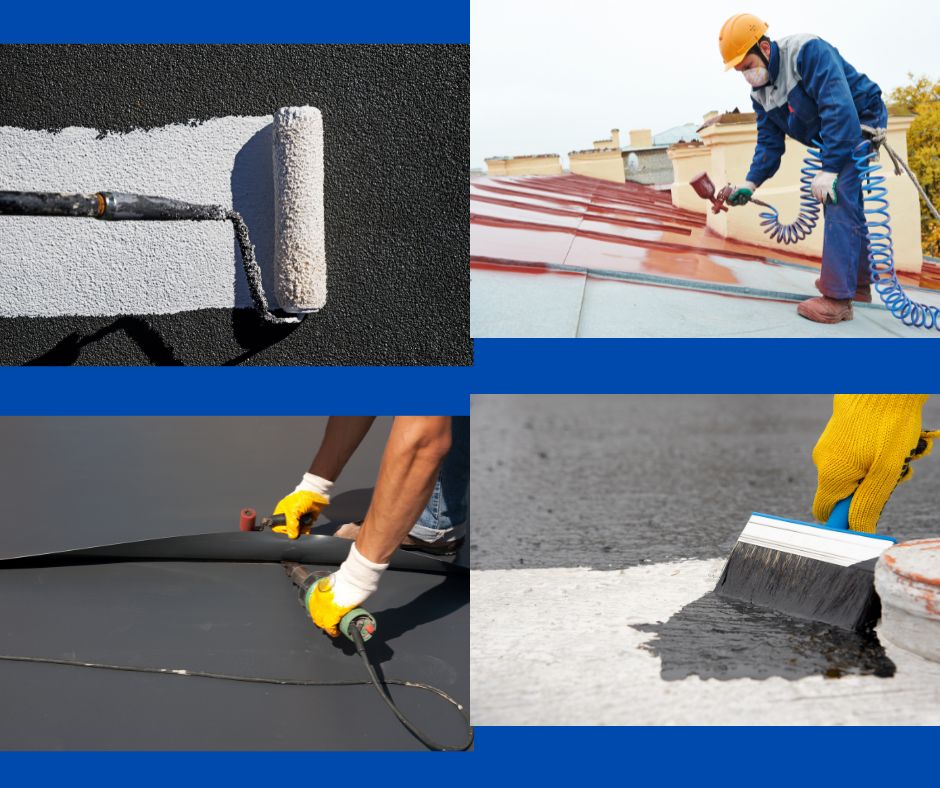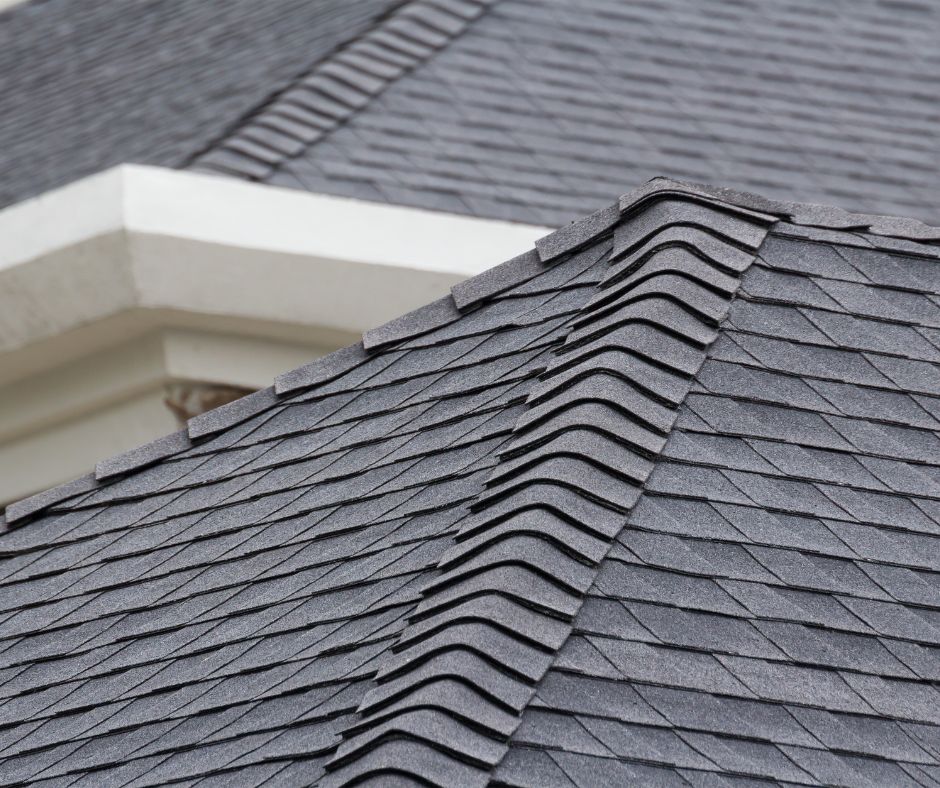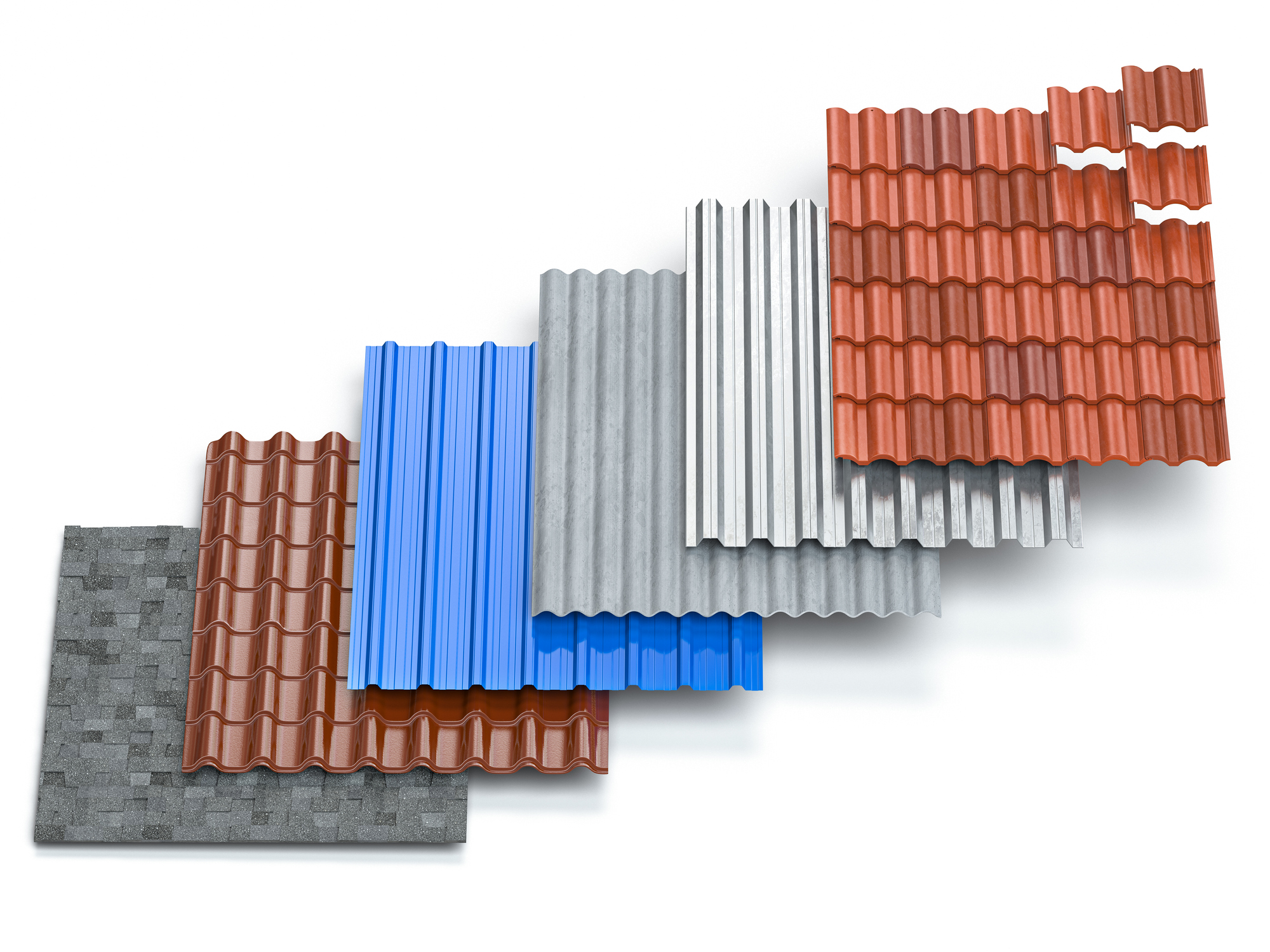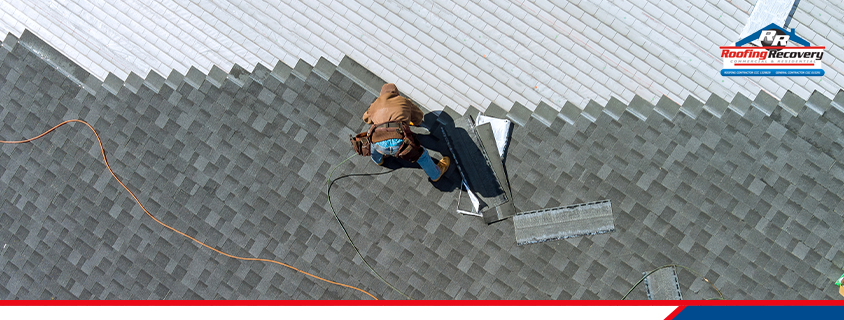Best Commercial Roofing Material for Maximum Durability and Cost Efficiency
Are you in the market for a new commercial roof? With so many options available, it can be overwhelming to choose the right materials for your building. That’s why we’ve put together the ultimate guide to different types of commercial roofing materials.
When it comes to durability and cost efficiency, selecting the right roofing materials is crucial. That’s why we’ve researched for you, providing detailed information on various options, including metal roofing, single-ply membranes, built-up roofing, and more.
Whether you’re looking for a material that can withstand extreme weather conditions, reduce energy costs, or provide long-lasting protection, there’s a roofing solution for every need. By understanding the pros and cons of each material, you’ll be equipped to make an informed decision that suits your budget and requirements.
Don’t waste time and money on subpar roofing materials. Dive into our comprehensive guide and discover the best options for maximum durability and cost efficiency.
Factors to consider when choosing your commercial roofing material
When it comes to selecting the right commercial roofing materials, there are several important factors to consider. The durability, cost-effectiveness, and energy efficiency of the roofing system are crucial elements that can have a significant impact on the long-term performance and overall value of your commercial building.
- One of the primary factors to consider is the climate and weather conditions in your region. Different roofing materials have varying levels of resistance to environmental factors such as heat, cold, wind, and precipitation. Choosing a material that can withstand the specific challenges of your local climate is essential for ensuring the longevity and reliability of your roof.
- Another important factor is the overall cost of the roofing system, including both the initial installation and the long-term maintenance and repair expenses. While some materials may have a higher upfront cost, they may offer greater cost-efficiency over the lifespan of the roof through reduced energy consumption, lower maintenance requirements, and extended service life. Carefully evaluating the total cost of ownership is crucial when making a decision.
- Additionally, the aesthetic appeal and visual integration of the roofing material with the overall design of the commercial building should be considered. The chosen roofing system should complement the building’s architecture and contribute to a cohesive, professional appearance that aligns with the brand and image of the business.
By carefully weighing these factors and understanding the unique characteristics and benefits of different commercial roofing materials, you can make an informed decision that ensures maximum durability, cost-efficiency, and aesthetic appeal for your commercial property.
Asphalt roofing material
Asphalt roofing is a popular choice for many commercial buildings due to its affordability, versatility, and relatively straightforward installation process. This type of roofing system consists of a base layer of felt or fiberglass that is coated with asphalt and topped with mineral granules, providing a durable and weather-resistant surface.
One of the primary advantages of asphalt roofing is its cost-effectiveness. Compared to some other commercial roofing materials, asphalt offers a more budget-friendly option, making it an attractive choice for businesses with limited budgets or those looking to minimize upfront investment. Additionally, the installation process for asphalt roofing is generally less complex and labor-intensive, further contributing to its cost-efficiency.
In terms of durability, asphalt roofing can provide a reasonable lifespan, typically ranging from 15 to 30 years, depending on factors such as climate, maintenance, and the quality of the installation. However, it is worth noting that asphalt roofs may be more susceptible to weathering, cracking, and deterioration over time, particularly in harsher climates or under prolonged exposure to UV radiation.
One potential drawback of asphalt roofing is its relatively low energy efficiency compared to some other commercial roofing materials. The dark color and lack of insulation properties can contribute to increased energy consumption, particularly in warm climates where the building’s cooling needs are higher. To address this, some asphalt roofing systems incorporate reflective coatings or additional insulation layers to enhance energy efficiency.
Overall, asphalt roofing can be a practical and cost-effective choice for many commercial buildings, especially those with modest budgets or in areas with moderate climate conditions. However, it’s essential to carefully consider the long-term performance and maintenance requirements to ensure the roof’s longevity and cost-effectiveness over its lifespan.
Metal roofing
Metal roofing has gained significant popularity in the commercial roofing market due to its exceptional durability, longevity, and energy-efficient properties. Constructed from materials such as steel, aluminum, or copper, metal roofs offer a range of benefits that make them a compelling choice for commercial building owners.
One of the primary advantages of metal roofing is its exceptional resistance to weathering, fire, and impact damage. Metal roofs are designed to withstand extreme weather conditions, including high winds, heavy rain, and even hail, making them a reliable choice for commercial buildings located in areas prone to such environmental challenges. This durability can translate into a longer lifespan, with many metal roofs lasting 40 to 70 years or more with proper maintenance.
In addition to their impressive durability, metal roofs are also highly energy-efficient. The reflective nature of metal surfaces can help reduce the building’s overall energy consumption by reflecting solar radiation and minimizing the need for cooling. This can lead to significant cost savings on utility bills, making metal roofing a wise long-term investment for commercial property owners.
Another notable advantage of metal roofing is its versatility in design and aesthetics. Metal roofs come in a wide range of colors, styles, and profiles, allowing for greater flexibility in integrating the roof with the overall architectural design of the commercial building. This can be particularly beneficial for businesses that prioritize a cohesive and visually appealing building exterior.
While the initial cost of metal roofing may be higher than some other commercial roofing options, the long-term cost-effectiveness and durability of metal roofs often make them a worthwhile investment. By carefully weighing the upfront costs against the potential energy savings and extended lifespan, commercial building owners can make an informed decision that aligns with their budgetary and performance requirements.
Single-ply roofing material
Single-ply roofing systems have emerged as a popular choice for many commercial buildings due to their simplicity, versatility, and cost-effectiveness. These roofing systems are composed of a single layer of synthetic membrane, typically made from materials such as thermoplastic polyolefin (TPO), ethylene propylene diene monomer (EPDM), or polyvinyl chloride (PVC).
One of the key advantages of single-ply roofing is its ease of installation. The streamlined nature of these systems often allows for faster and more efficient installation, reducing the overall project timeline and labor costs. This can be particularly beneficial for commercial buildings that need to minimize disruptions to their daily operations during the roofing process.
In terms of durability, single-ply roofing systems are designed to withstand a wide range of environmental factors, including UV radiation, wind, and precipitation. Many single-ply membranes are also highly resistant to punctures, tears, and chemical exposure, making them a reliable choice for commercial buildings. With proper installation and maintenance, single-ply roofs can often provide a lifespan of 20 to 30 years or more.
Another significant benefit of single-ply roofing is its energy efficiency. Many single-ply membranes are highly reflective, helping to reduce the building’s cooling load and lower energy consumption. This can translate into substantial cost savings on utility bills over the long term, making single-ply roofing a smart investment for commercial property owners.
While single-ply roofing systems offer numerous advantages, it’s essential to carefully evaluate the specific needs and requirements of your commercial building to ensure that the chosen system is the best fit. Factors such as climate, building usage, and budget should all be considered when selecting a single-ply roofing solution.
Built-up roofing
Built-up roofing (BUR) is a time-tested commercial roofing system that has been used for decades. This multi-layered approach involves the application of alternating layers of bitumen (asphalt or coal tar) and reinforcing fabrics, such as fiberglass or polyester, to create a durable and weatherproof roof.
One of the primary advantages of built-up roofing is its exceptional durability and longevity. When properly installed and maintained, a BUR system can provide a lifespan of 20 to 30 years or more, making it a reliable long-term investment for commercial property owners. The multiple layers of the system work together to create a robust barrier against the elements, including wind, rain, and UV radiation.
In addition to its durability, built-up roofing also offers excellent fire resistance, making it a suitable choice for commercial buildings with heightened safety concerns. The bitumen and reinforcing fabrics used in BUR systems are inherently fire-resistant, providing an added layer of protection for the building and its occupants.
Another benefit of built-up roofing is its ability to accommodate a wide range of roof slopes and configurations. BUR systems can be installed on both flat and low-slope roofs, allowing for greater flexibility in adapting to the unique design and structural requirements of a commercial building.
While built-up roofing may have a higher initial cost compared to some other commercial roofing options, the long-term cost-effectiveness of the system can make it a wise investment. The extended lifespan and low maintenance requirements of BUR can offset the higher upfront expenses, ultimately providing a more cost-efficient solution over the life of the roof.
Modified bitumen roofing
Modified bitumen roofing is a hybrid system that combines the benefits of traditional built-up roofing (BUR) with the advancements of modern polymer-modified asphalt technology. This type of commercial roofing system features a reinforced asphalt-based membrane that is designed to offer enhanced durability, flexibility, and weather resistance.
One of the key advantages of modified bitumen roofing is its improved resistance to weathering and environmental factors. The polymer-modified asphalt used in these systems is formulated to be more flexible and less susceptible to cracking, splitting, or degradation over time, even in harsh climate conditions. This increased resilience can translate into a longer lifespan for the roofing system, typically ranging from 20 to 30 years or more with proper maintenance.
In addition to its durability, modified bitumen roofing also offers improved energy efficiency compared to traditional BUR systems. Many modified bitumen membranes incorporate reflective surfacing or insulation layers, which can help reduce the building’s energy consumption and lower cooling costs. This can be particularly beneficial for commercial properties located in warm climates or those with high cooling demands.
Another notable feature of modified bitumen roofing is its versatility in installation methods. These systems can be applied using a variety of techniques, including torch-applied, self-adhered, or mechanically fastened, allowing for greater flexibility in adapting to the specific requirements and constraints of a commercial building project.
While modified bitumen roofing may have a slightly higher initial cost compared to some other commercial roofing options, the long-term benefits of enhanced durability, energy efficiency, and low maintenance requirements can make it a worthwhile investment for many commercial property owners. By carefully evaluating the unique needs of the building and the local climate, commercial building owners can determine if modified bitumen roofing is the best fit for their project.
Green roofing material
Green roofing, also known as eco-roofs or living roofs, is a unique and increasingly popular commercial roofing solution that incorporates vegetation and other natural elements into the roof design. These innovative systems offer a range of environmental and aesthetic benefits that can make them an attractive choice for many commercial building owners.
One of the primary advantages of green roofing is its ability to improve energy efficiency and reduce the building’s carbon footprint. The living vegetation and soil layers on a green roof can help insulate the building, reducing the energy required for heating and cooling. Additionally, the evapotranspiration process of the plants can help lower the building’s overall cooling load, leading to significant energy cost savings over time.
Beyond energy efficiency, green roofing systems also provide environmental benefits such as stormwater management, air purification, and habitat creation. The vegetation and soil layers on a green roof can help absorb and filter rainwater, reducing the strain on local drainage systems and mitigating the risk of flooding. Furthermore, green roofs can contribute to improved air quality by capturing particulates and releasing oxygen back into the atmosphere.
In terms of aesthetics, green roofing systems can enhance the visual appeal of a commercial building, transforming the rooftop into a visually appealing and environmentally-friendly feature. This can be particularly beneficial for buildings located in urban areas or those with high visibility, as the green roof can help integrate the structure into the surrounding landscape and create a more harmonious visual experience.
While green roofing may have a higher initial investment compared to some traditional commercial roofing options, the long-term benefits in terms of energy savings, environmental impact, and aesthetic appeal can make it a worthwhile consideration for many commercial building owners. Careful planning, design, and maintenance are essential to ensure the success and longevity of a green roofing system.
Choosing the right commercial roofing material for your project
When it comes to selecting the right commercial roofing material for your project, there is no one-size-fits-all solution. The choice will depend on a variety of factors, including the specific needs and requirements of your commercial building, the local climate and environmental conditions, your budget, and your long-term goals for the property.
To make an informed decision, it’s essential to carefully evaluate the unique characteristics and benefits of each commercial roofing material. Consider factors such as durability, energy efficiency, maintenance requirements, and aesthetic appeal to determine which option best aligns with your priorities and objectives.
For example, if you’re located in a region with extreme weather conditions, a metal roofing system may be the most suitable choice due to its exceptional resistance to wind, hail, and other environmental challenges. Alternatively, if energy efficiency is a top concern, a single-ply or green roofing system could be the optimal solution, providing significant cost savings on utility bills over the long term.
It’s also important to factor in the initial investment and the total cost of ownership when evaluating commercial roofing materials. While some options may have a higher upfront cost, the long-term cost-effectiveness and reduced maintenance requirements may make them a more prudent choice in the long run.
By carefully weighing all of these factors and consulting with experienced roofing professionals, you can make an informed decision that ensures the durability, cost-efficiency, and overall performance of your commercial roofing system for years to come.
Conclusion
Choosing the right commercial roofing material is a critical decision that can have a significant impact on the long-term performance, energy efficiency, and overall value of your commercial building. By understanding the unique characteristics and benefits of various roofing options, such as asphalt, metal, single-ply, built-up, modified bitumen, and green roofing, you can make an informed choice that aligns with your specific needs and requirements.
Whether you’re focused on maximizing durability, enhancing energy efficiency, or achieving a cohesive aesthetic, there is a commercial roofing solution that can meet your goals. By carefully evaluating factors like climate, budget, and maintenance needs, you can select the right material that provides maximum value and protection for your commercial property.
Remember, the choice of commercial roofing materials is not a one-time decision; it’s an investment that will continue to impact your building’s performance and your bottom line for years to come. Take the time to explore your options, consult with experienced professionals, and make a decision that sets your commercial building up for long-term success.
Contact Roofing Recovery, one of the outstanding roofing contractors in South Florida to get superb quality commercial roofing material, services, and customer service. Call 954-799-4069 to request a quote today!





























